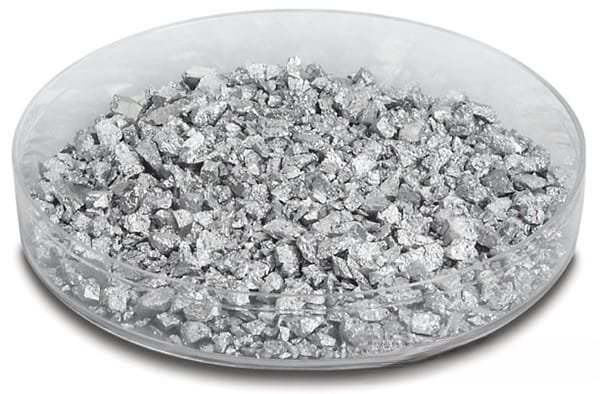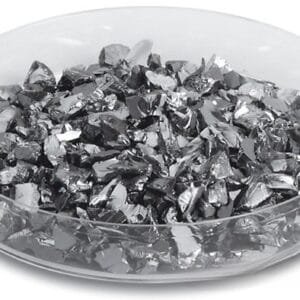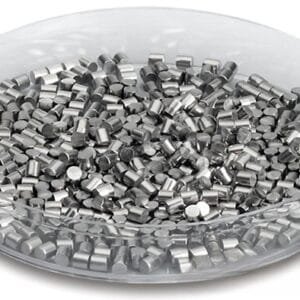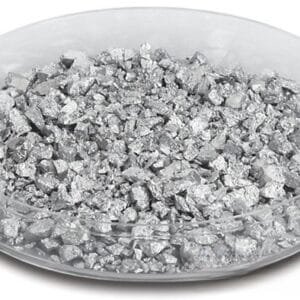Copper Indium Gallium Selenide (CIGS) Evaporation Materials Overview
TFM specializes in providing copper indium gallium selenide (CIGS) evaporation materials, a semiconductor compound made up of copper, indium, gallium, and selenium, with the chemical formula CuInGaSe (CIGS). This high-purity material is essential for deposition processes to create high-quality thin films. With purities reaching up to 99.9995%, TFM ensures that our CIGS evaporation materials are produced under strict quality control measures for maximum reliability.
Related Products:
- Copper Evaporation Materials
- Indium Evaporation Materials
- Selenide Ceramic Evaporation Materials
Specifications of Copper Indium Gallium Selenide (CIGS) Evaporation Materials
| Material Type | Copper Indium Gallium Selenide |
| Symbol | CuIn1−xGaxSe2 (x = 0–1) |
| Appearance/Color | Silvery |
| Melting Point | 990-1070 °C |
| Density | ~5.7 g/cm |
| Purity | 99.9% ~ 99.999% |
| Shape | Powder/ Granule/ Custom-made |
Applications of Copper Indium Gallium Selenide (CIGS) Evaporation Materials
CIGS evaporation materials are widely used in various deposition techniques, such as semiconductor deposition, chemical vapor deposition (CVD), and physical vapor deposition (PVD). Key applications include:
- Optics: Display manufacturing, decorative coatings, and protective wear layers.
Packaging and Quality Control
To maintain product integrity, TFM ensures that all CIGS evaporation materials are securely labeled and packaged for easy identification and safe handling. This careful packaging process minimizes any risk of damage during transport or storage.
Custom Solutions and Contact Information
As a leading supplier of high-purity CIGS evaporation materials, TFM offers a wide range of shapes, including tablets, granules, rods, and wires. We also provide custom solutions tailored to your specific project requirements. In addition to CIGS materials, we supply a variety of evaporation sources, such as boats, filaments, crucibles, heaters, and e-beam crucible liners.
For pricing inquiries or more information on products not listed, feel free to contact us for a custom quote.


 MSDS File
MSDS File



Reviews
There are no reviews yet.